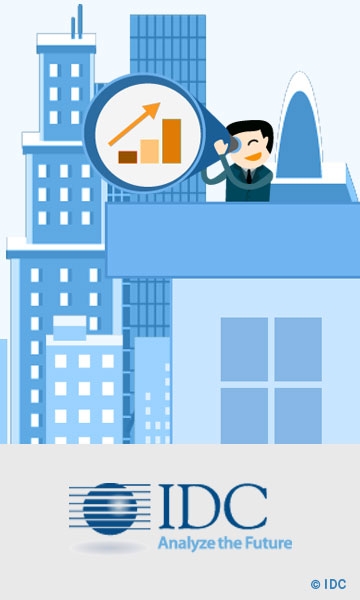
Prediction 1: By 2017, At least 20 of the world's largest countries will create national smart city policies to prioritize funding and document technical and business guidelines.
Prediction 2: In the next three years, one-third of medium-sized and large cities will define their smart city road map leveraging third-party maturity models and best practice studies.
Prediction 3: Through 2018, 90% of AP smart city ICT investment will support socioeconomic initiatives to reduce economic divides, grow domestic industries, and attract skilled workers.
Prediction 4: To enhance service delivery, by 2018, 75% of state and local organizations will use externally generated citizen data in transportation management and real-time crime centers.
Prediction 5: By 2016, 60% of mobile apps that people use to experience a city will rely on open data combined with crowdsourced information but supplied by commercial organizations.
Prediction 6: In 2016, 90% of cities worldwide will lack a comprehensive set of policies on the public and private use of drones, sensors, and devices, resulting in increased privacy and security risks
Prediction 7: As crime becomes more mobile and invisible, and the global threat environment more complex, local public safety organizations will spend $20.7 billion in 2016 on IoT-enabled solutions.
Prediction 8: By 2018, 60% of robotics use and machine-to-infrastructure communications in major cities will be related to connected cars and driverless or semiautonomous vehicles.
Prediction 9: In 2017, public works projects will be the third-largest area of smart city investment as the business case in connected lighting and smart water become indisputable.
Prediction 10: In 2018, 50% of all smart home alerts, reminders, and predictive automation will rely on inputs or responses from local government.
The smart city is oriented to its citizens and businesses… and listens to their ideas.
Get involvedPowered by creaxial